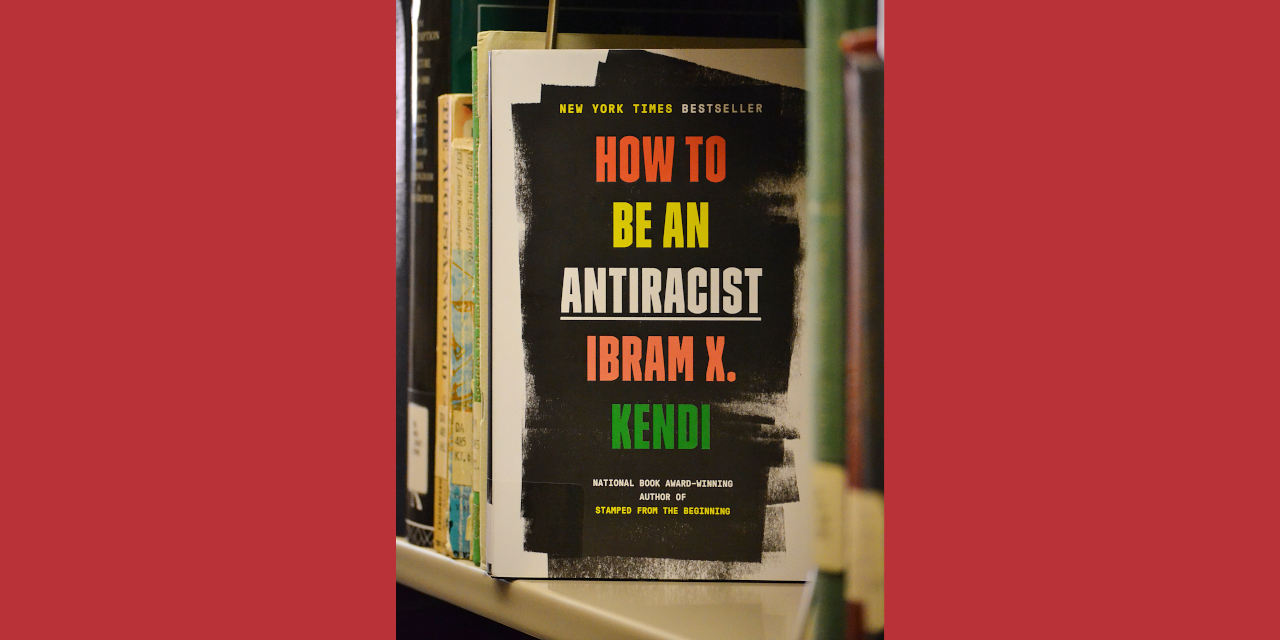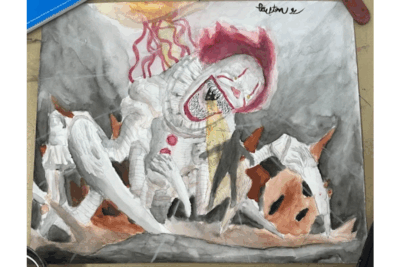Sitting down to read a book about anti-racism might sound frightening and uncomfortable. Trust me, as a peace, justice and conflict studies major, I get it. This work is tough, but it’s necessary, and everyone has a role to play in challenging systems of oppression.
I read How To Be An Antiracist by Ibram X. Kendi during the long summer, as the country was reacting to the death of George Floyd, Breonna Taylor and the many other Black Americans who have been harmed by police brutality. How To Be An Antiracist is a comprehensive yet accessible dive into race studies and racial justice.A starting point for readers looking to deepen their understanding of social justice movements and their hidden biases, Kendi weaves anecdotes together with critical theory to create a tapestry depicting the layering involved in antiracist work.
Kendi’s main argument, that racist policies lead to racist behaviors and attitudes, is the literal antithesis to the idea that ignorance leads to racist behavior and racist policies and that “racist ideas love believers, not thinkers.”
It is not enough for a person to simply be “not racist,” because that means that one is accepting and approving of racism, according to Kendi.
“One either allows racial inequities to persevere, as a racist, or confronts racial inequities, as an antiracist,” Kendi writes. “There is no in-between safe space of ‘not racist.’ The claim of ‘not racist’ neutrality is a mask for racism.”
Anti-racism is a practice that consistently works for equality for everyone.
In his first chapter, Kendi outlines the definitions that he will be using for the entirety of the conversation. He starts each chapter with the definitions of “racist” and “antiracist” as they relate to that topic.
Chapters two through nine cover the different ways race has manifested in American history: biology, ethnicity, body, culture, behavior and color.
He then goes on to examine how people at different intersections interact with questions about race. How do white people have conversations about race? How do black people? How do class, space, gender and sexuality inform conversations about race?
Kendi wraps up this text with chapters over failure, success and survival — how one moves forward after spending time with this work.
From the introduction, Kendi makes it clear that “racist” is a descriptive, not a pejorative word. In labeling “racist” as a slur instead of a descriptor, society is frozen into inaction. No one can have conversations about race without fear of being called “a racist.”
But, Kendi argues, if we recognize “racist” as the descriptor that it is then we can accurately identify the actions and behaviors that need to be changed to move us towards dismantling systemic racism.
Kendi argues that anyone can be racist and anyone can experience racism.
He emphasizes that Black people are not entirely powerless in American society and, therefore, can be racist towards white people or even other Black people.
Robin DiAngelo, author of White Fragility, would argue that a person can only support racism if they are in a societal position of power over the oppressed group. But, Kendi does not see societal power as necessary for racism to be present.
There is no single book that a person should read to understand this complex social phenomenon, but, in his book, Kendi provides a place for a person to start and continue their work at practicing anti-racism.
Reading this book does not certify someone as an antiracist, but it is a checkpoint in the development of a new habit.
“Like fighting an addiction, being an antiracist requires persistent self-awareness, constant self-criticism, and regular self-examination,” Kendi writes. “The good news is that racist and antiracist are not fixed identities. We can be a racist one minute and an antiracist the next. What we say about race, what we do about race, in each moment, determines what – not who – we are.”



